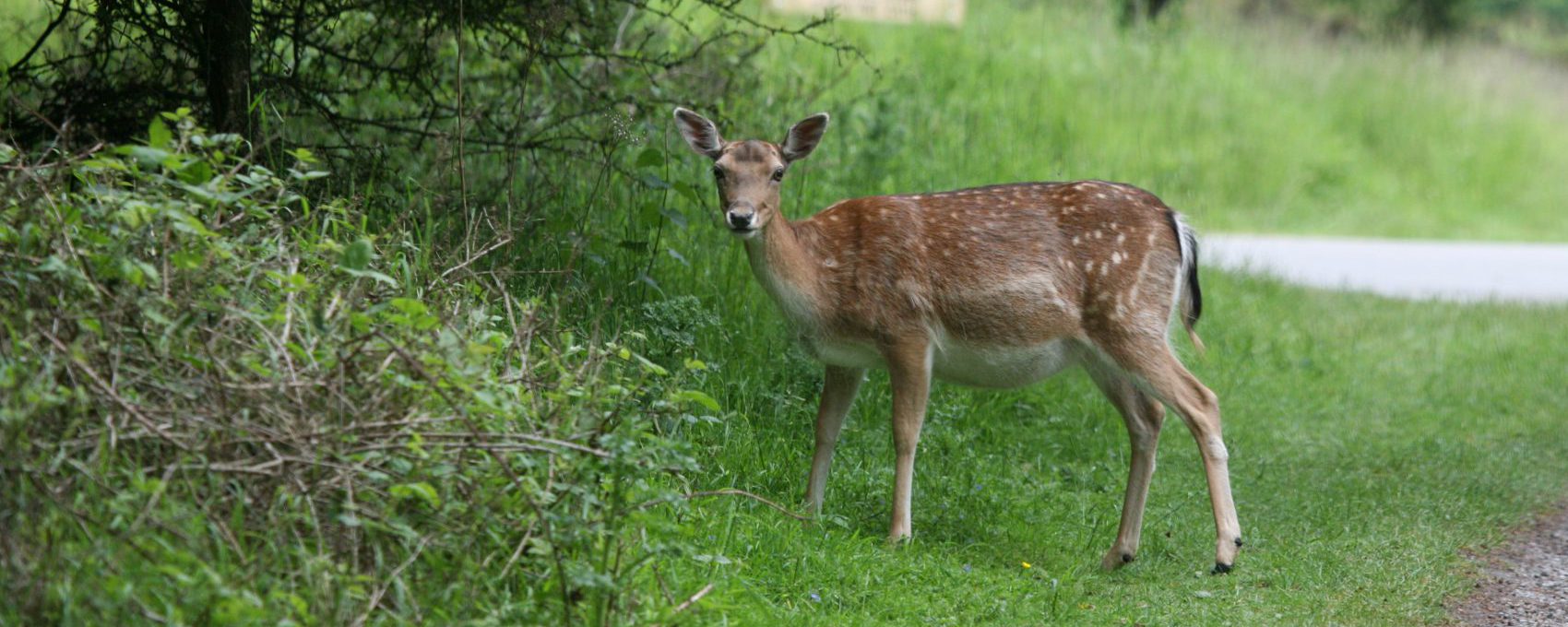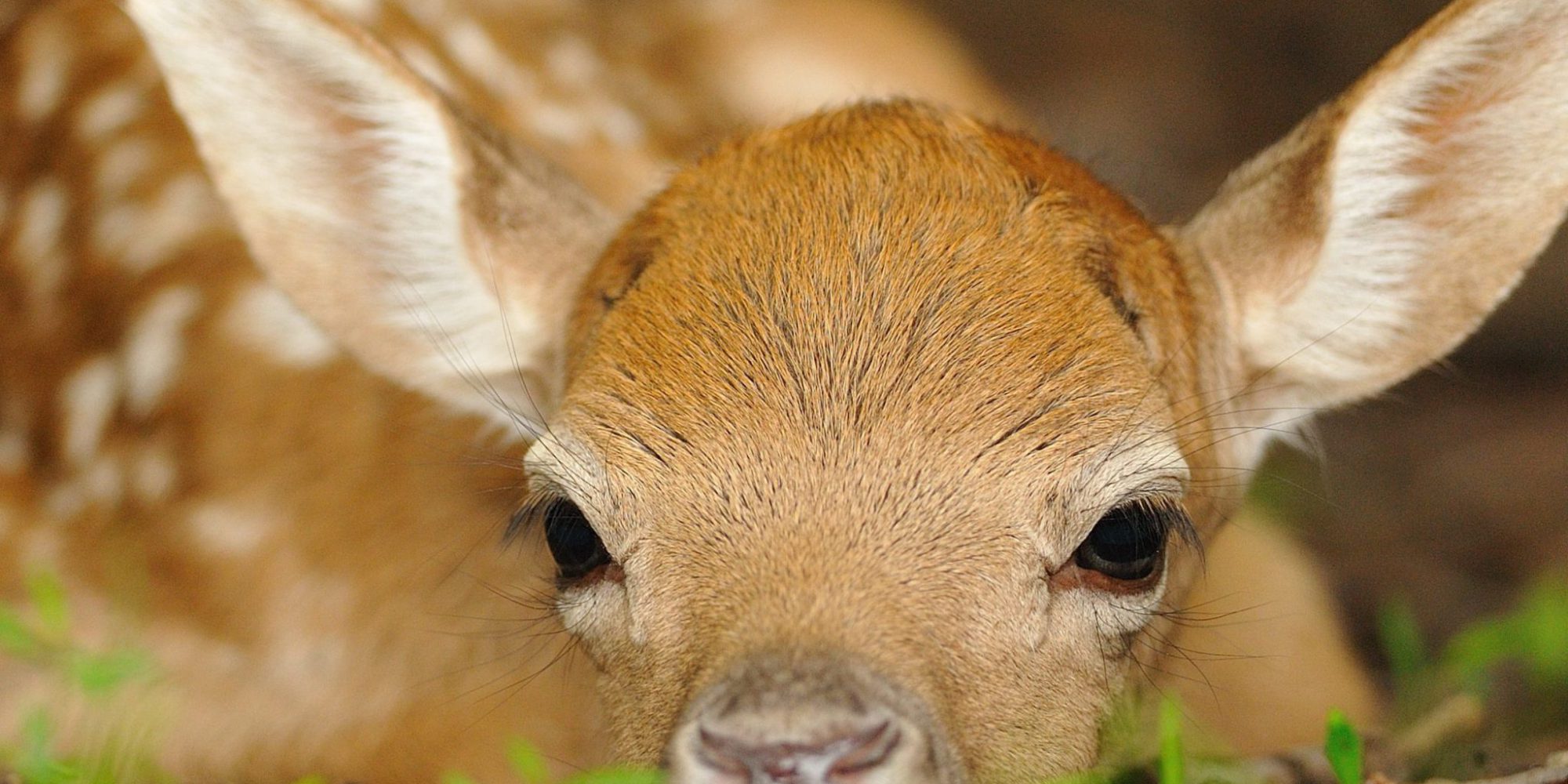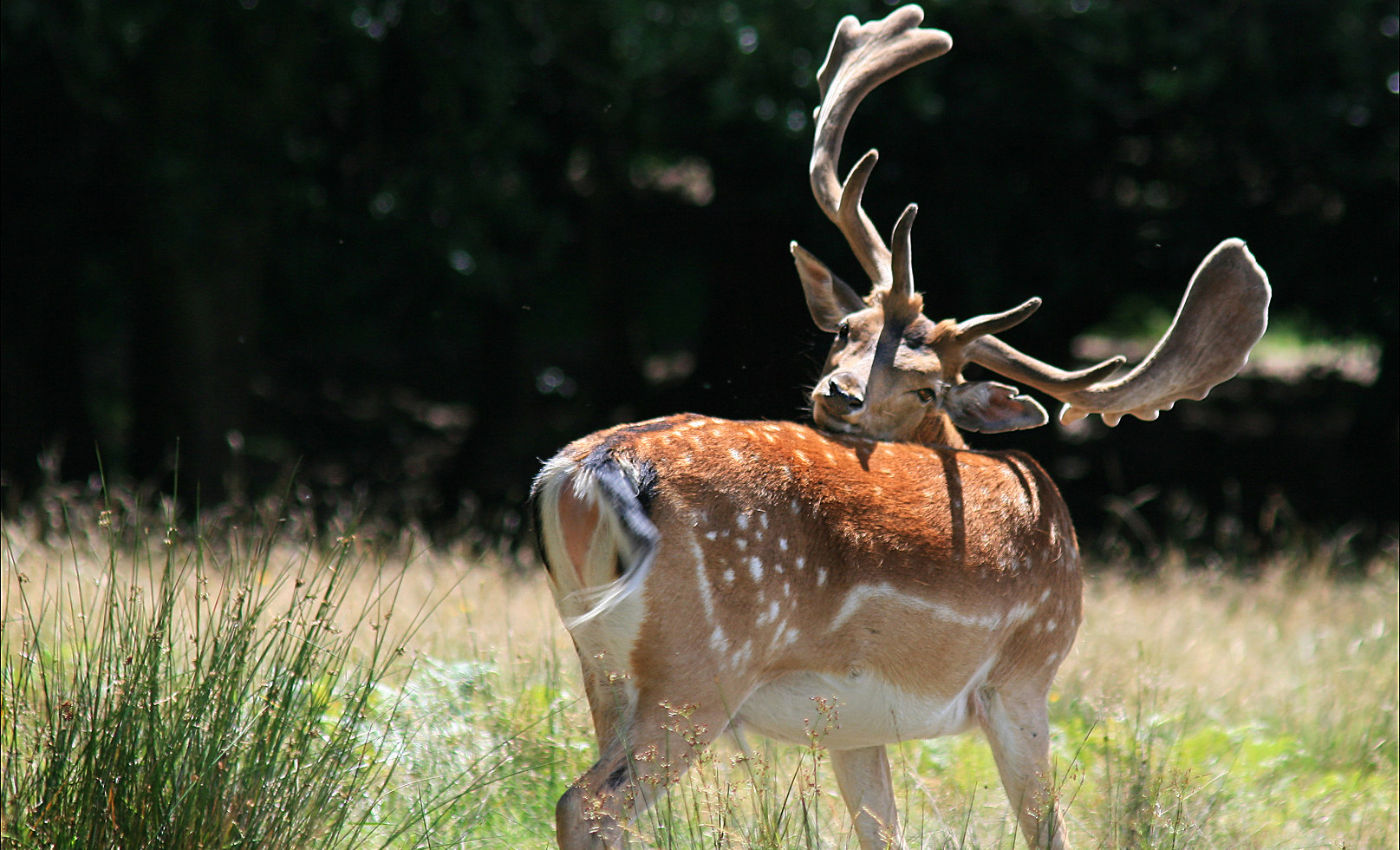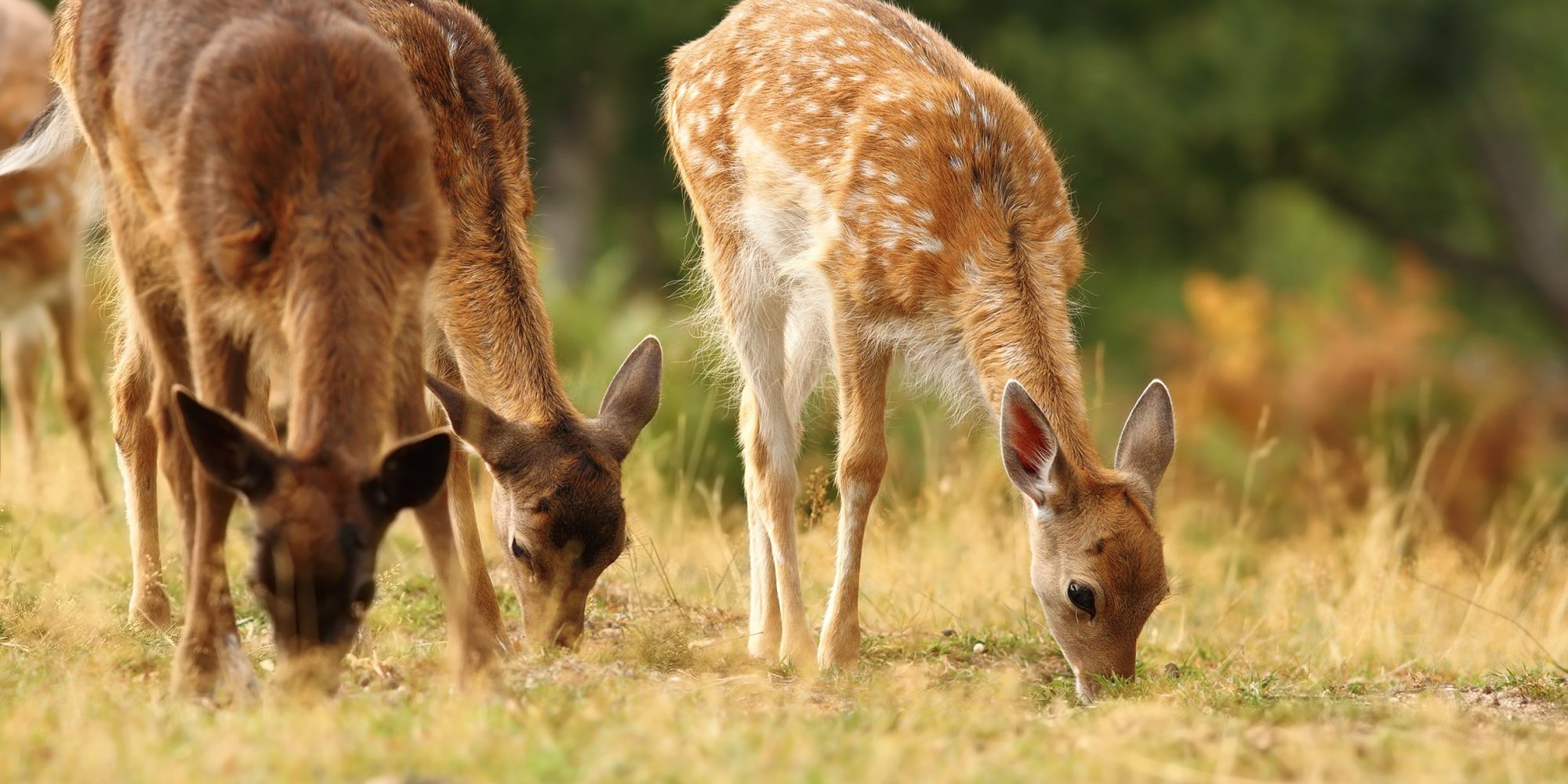Fallow Deer
Fallow Deer are the most common deer species on Cannock Chase.
Fallow deer have a variety of colourings, the most common is a tan colour that fades to grey in the winter. The male (buck) deer have flat wide antlers (palmate antlers) which they shed every April – May and regrow for the Rut (mating activity) in the autumn. They use their antlers to show their health and strength to the female deer (doe) and fight with other bucks for breeding rights.
As a prey species deer have adapted to graze quickly on grasses and shoots of shrubs and trees then lay up in quiet, often wooded or vegetated areas to ruminate (chew) their food.
How you can help
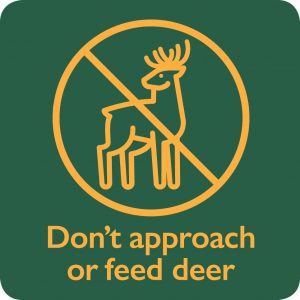
The Deer Do Not Need Feeding
The Chase provides all the food the deer need. Offering food encourages the deer into dangerous situations and is likely to make the deer ill. Please allow these creatures to be wild – enjoy them from a distance.

Keep your Dog Close and on the Paths
If your dog has a high prey drive please keep them on a lead, and always keep them within sight. It is a legal requirement to keep all dogs on a lead 1st March – 31st July on Open Access Land (most of Cannock Chase) . Fawns are born in May & June and are often left alone in vegetation whilst the mother goes to feed, please ensure your dog doesn’t disturb them by keeping to the paths.
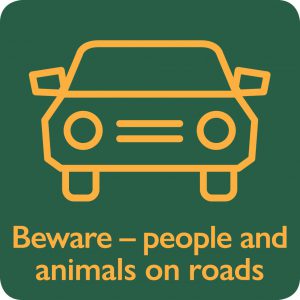
Slow Down
150 deer die on the roads across the Chase, on average, each year. Slowing down to the 40mph advisory speed limit will give both you and the deer a better chance to avoid a collision. The biggest risk to both deer and drivers is in the autumn and spring when the busiest times on the roads coincides with dawn & dusk which is when deer are most active.
Discover more at The British Deer Society
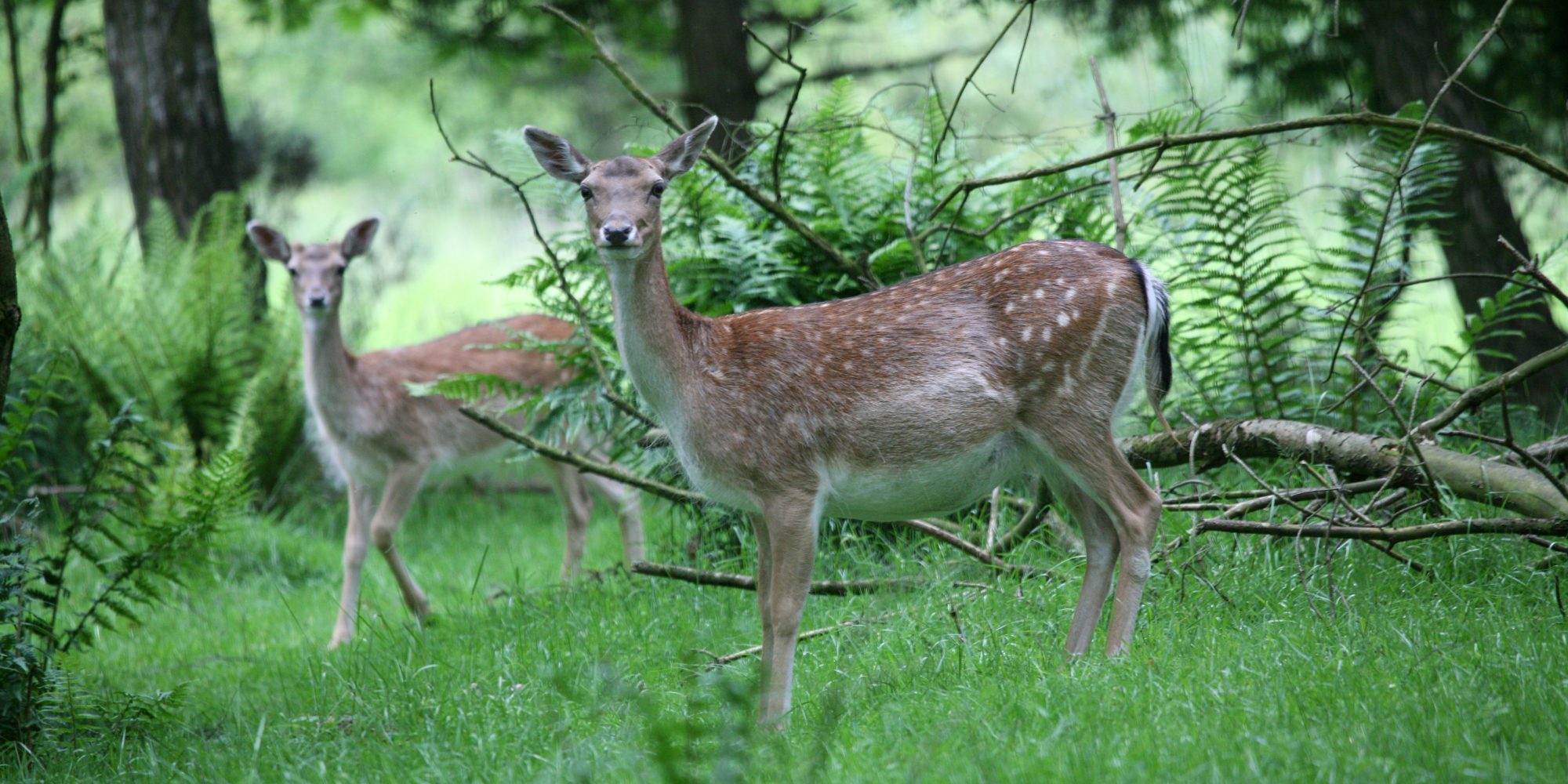

Fallow Deer

